In Colorado Springs, a growing awareness about environmental sustainability shapes how we think about everyday aspects of our lives and homes. One such aspect, often overlooked, is fencing. This blog delves into the world of sustainable fencing practices that are gaining traction in Colorado Springs.
We’ll explore how local homeowners and businesses adopt eco-friendly materials and designs in fencing solutions. These practices, from recycled materials to living barriers, are about building fences and fostering a more sustainable relationship with our environment.
Key Takeaways
- Economic and Environmental Benefits: Sustainable fencing, while potentially more expensive initially, offers significant long-term benefits. These include lower maintenance costs, increased property value, and a reduced carbon footprint, making it a cost-effective and environmentally responsible choice.
- Supportive Regulations and Incentives: There are regulations and incentives for promoting sustainable fencing. These include local guidelines for eco-friendly materials and construction practices and financial incentives like tax breaks or grants that make sustainable choices more accessible.
- Community and Global Impact: Sustainable fencing practices in Colorado Springs are part of a more significant global movement toward environmental sustainability. These practices benefit individual homeowners and contribute to broader ecological goals, such as reducing waste and preserving natural resources.
Innovative Sustainable Fencing in Colorado Springs
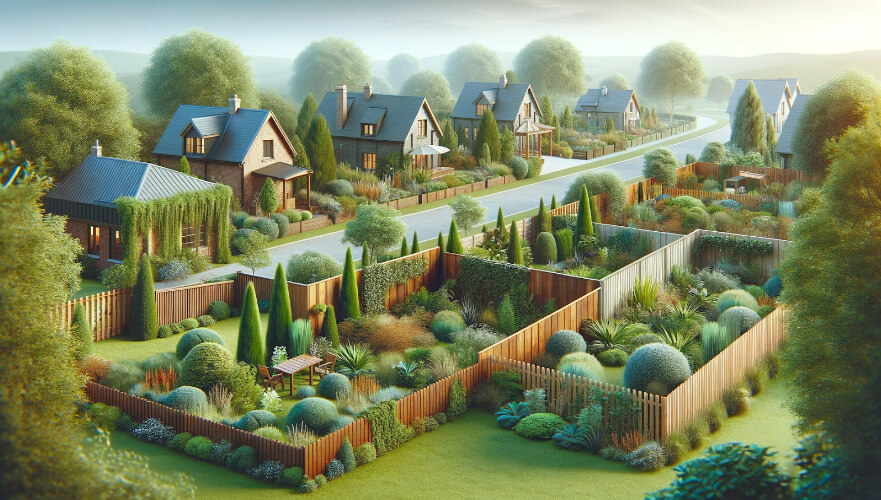
Use of Recycled Materials
Recycled materials are becoming increasingly popular for fencing due to their environmental benefits. Notably, recycled plastic fencing utilizes post-consumer plastic waste, such as plastic bottles and other materials, which helps reduce landfill waste and conserve natural resources.
These fences are durable, low-maintenance, and resistant to rot and pests. Additionally, there are creative ways to repurpose materials like old doors, surfboards, and even bowling balls into unique fences, adding character while promoting recycling.
Eco-friendly Wood Sources

Image Source: Freepik
Wood is one of the most eco-friendly fencing materials due to its renewability and biodegradability. Sustainable wood fencing is typically made from species like redwood and cedar, often certified by organizations like the Forest Stewardship Council (FSC). These woods are versatile, allowing for various styles from rustic to contemporary and or recycled at the end of their lifecycle.
Biocomposite Fencing
Biocomposite materials, partially or wholly made of organic materials, are excellent for creating eco-friendly fences. An example is Nature Composites fencing, which is made from recycled plastic and natural wheat straw. This material cuts and screws like wood, requires no painting or sealing and is environmentally safe. It’s durable, long-lasting, and a great alternative to traditional wood fencing.
Natural Barriers and Living Fences
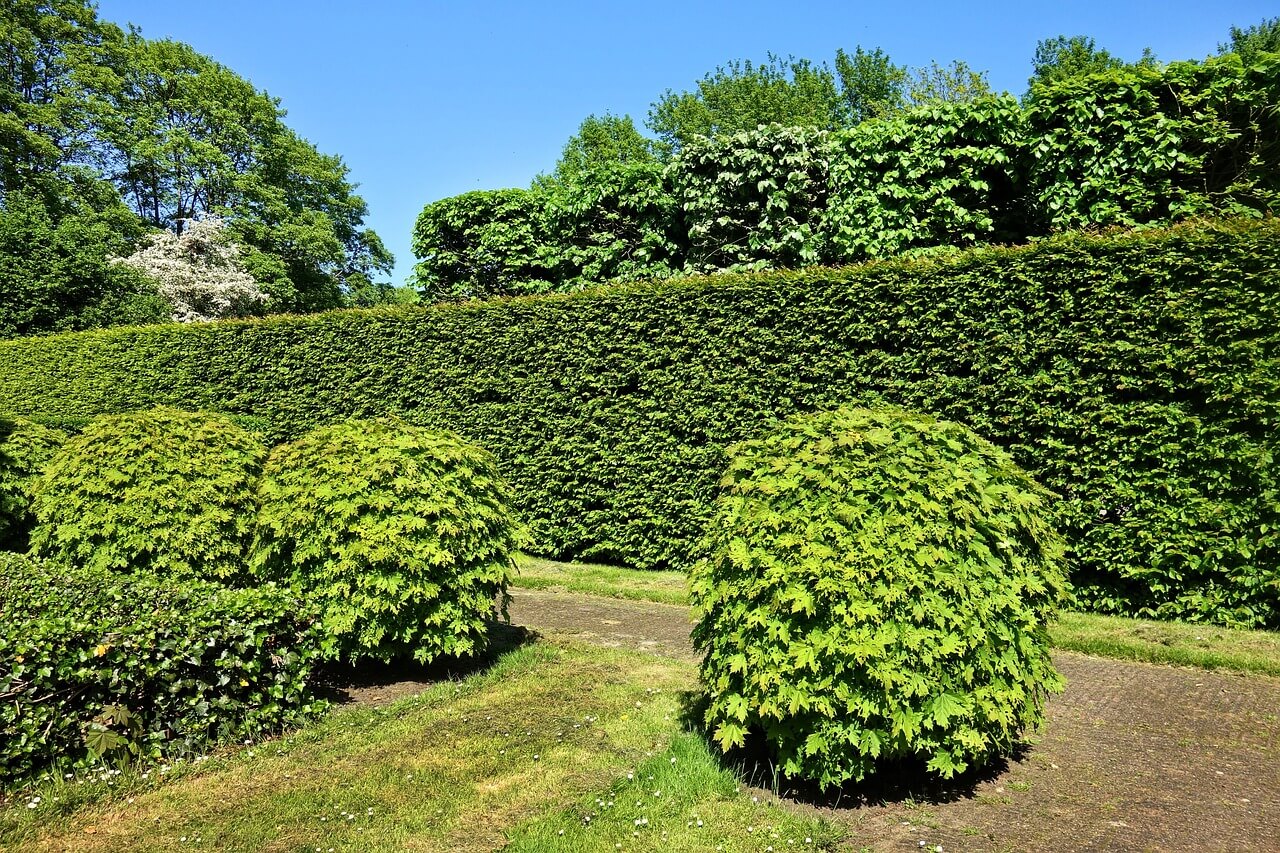
Image Source: Pixabay
Living fences, also known as hedge fences or green fences, are an eco-friendly option that uses living plants to form a natural barrier. This method provides privacy and security and offers environmental benefits such as improving air quality, providing habitat for wildlife and reducing noise pollution. Living fences can be created by planting and training plants like shrubs or trees, which blend seamlessly with the landscape and contribute positively to the ecosystem.
Metal Fencing from Recycled Materials
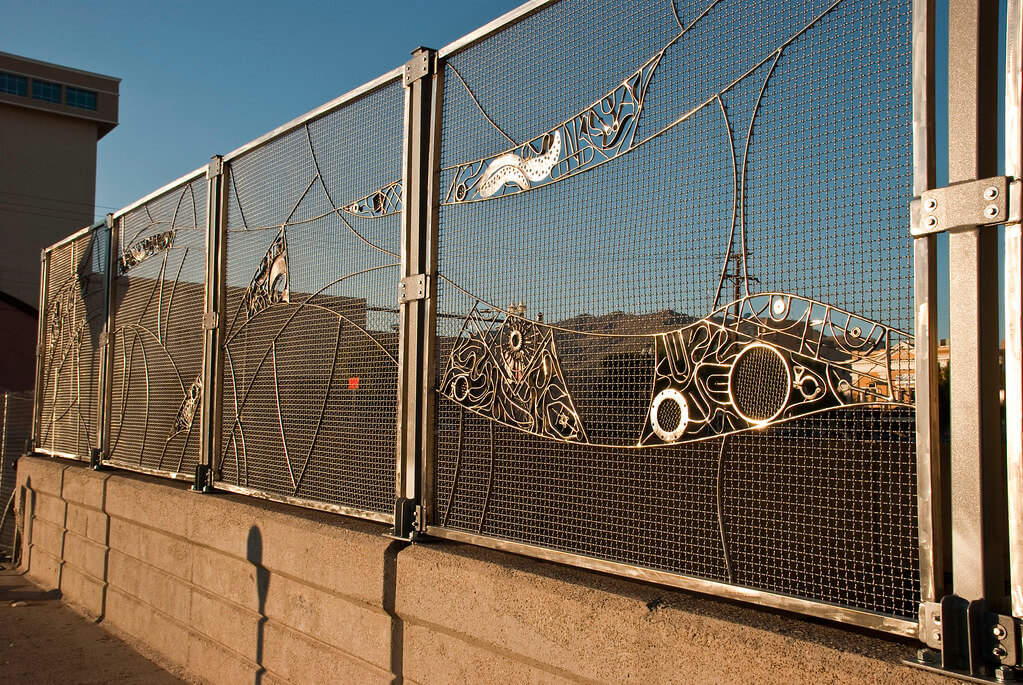
Image Source: Flickr
Metal fencing can be a sustainable choice, mainly from recycled materials. Fences of metals like aluminum or steel are durable, long-lasting, and require minimal maintenance.
Additionally, these metals can be recycled at the end of their lifespan, reducing environmental impact. Look for manufacturers that use recycled metals in their production process. Metal fences can offer various aesthetic options, from traditional to contemporary designs, making them versatile for sustainable fencing.
Durability and Maintenance
The choice of sustainable fencing materials greatly influences their durability and maintenance requirements. Materials like biocomposite, combining recycled plastic with natural fibers, offer long-lasting durability and minimal maintenance needs. Recycled plastic fencing is also known for its resistance to rot and pests.
Proper maintenance of these fences typically involves regular cleaning with mild soap and water and prompt repairs if needed. Choosing durable and low-maintenance materials minimizes the environmental impact over the fence’s lifespan, reducing the need for frequent replacements or extensive upkeep.
Innovative Design for Wildlife Protection
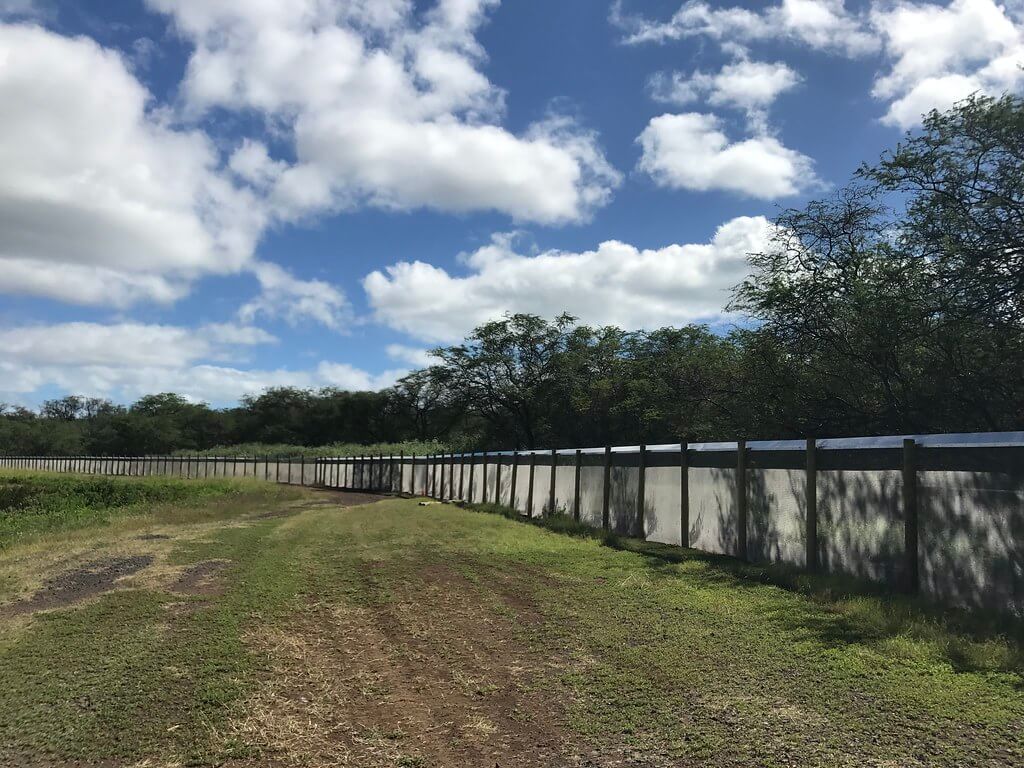
Image Source: Flickr
Sustainable fencing should be designed with wildlife in mind, ensuring it doesn’t obstruct their natural movement or habitat. For example, fences can be constructed with gaps or openings that allow small animals to pass through safely. This approach helps to maintain local ecosystems and biodiversity.
The design can also include features that deter climbing by larger wildlife, where necessary, without causing them harm. The key is to balance security and privacy needs with environmental consciousness and wildlife protection.
Integrating with Landscaping
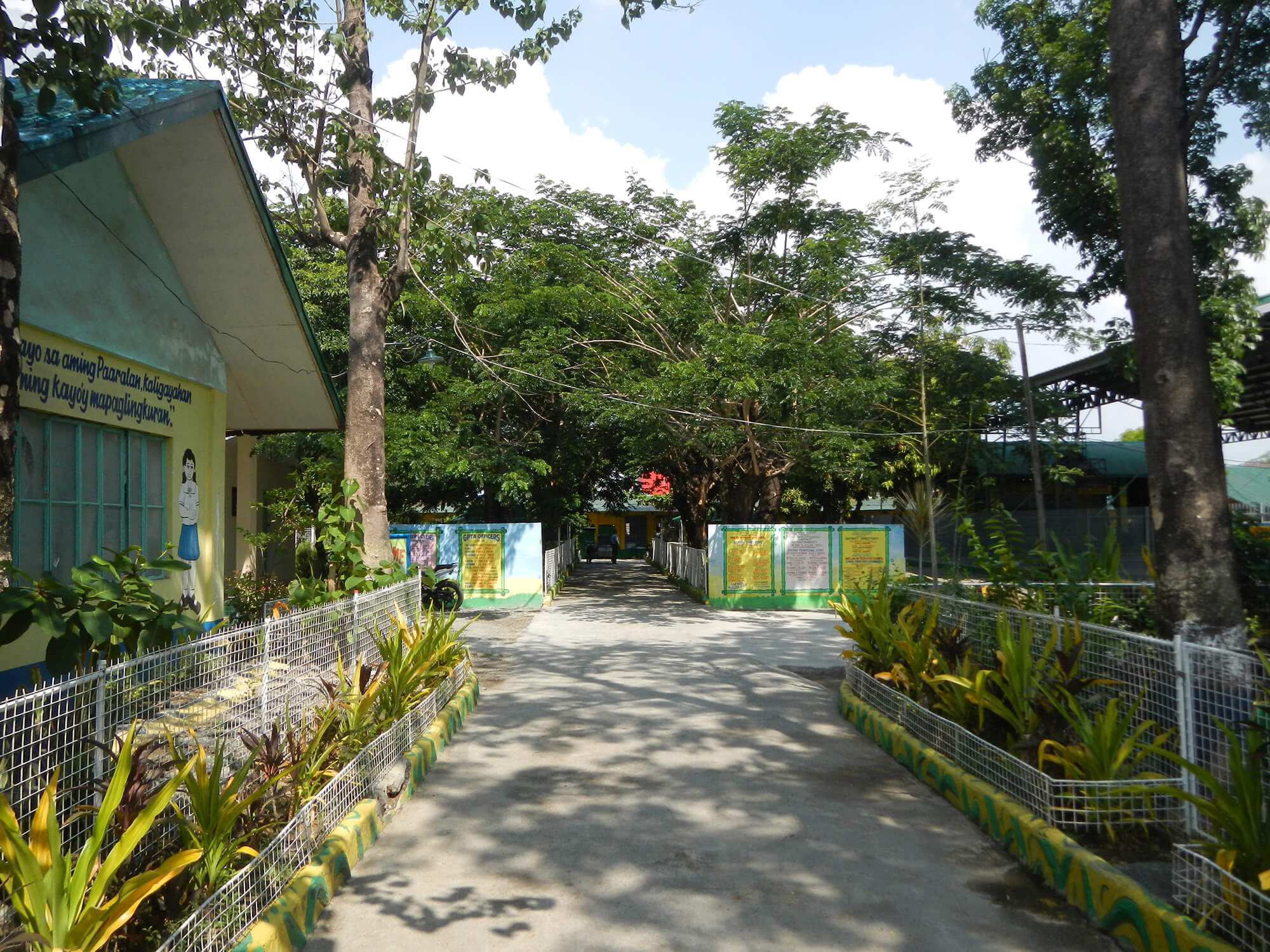
Image Source: Wikimedia Commons
Aligning fencing with the land’s natural contours and integrating it with the existing landscape can significantly reduce environmental impact. This approach involves minimal alteration of the land and preserves natural habitats. Materials and designs complementing the surrounding environment enhance the property’s aesthetic appeal.
This can include using colors and textures that blend with the local flora and terrain and incorporating elements like rocks or native plants into the fence design.
Repurposing Existing Materials
Repurposing or upcycling existing materials for fencing is an excellent way to reduce waste and minimize the need for new resources. Salvaged wood, for example, can be sourced from old barns, warehouses, or other structures that are being demolished.
Giving these materials a new life as a fence creates a unique and rustic look for your property and contributes to reducing deforestation and waste. Other creative repurposing ideas include using old window frames, metal panels, or even certain discarded industrial materials to create innovative and eco-friendly fences.
Solar-powered Electric Fences
Solar-powered options represent a sustainable and eco-friendly choice for properties requiring electric fencing. Solar-powered electric fences use solar panels to convert sunlight into electrical energy, which is then used to power the fence. This method significantly reduces reliance on non-renewable energy sources, like coal or natural gas, and minimizes the carbon footprint associated with traditional electric fencing.
The advantages of solar-powered electric fences include their ease of installation and low operational costs, as they do not require connection to the electrical grid. They are particularly beneficial in remote or rural areas with limited access to power. Moreover, these fences are typically low-maintenance, requiring occasional checks to ensure the solar panels are clean and functioning correctly.
Cost Analysis and Economic Benefits of Sustainable Fencing
Sustainable fencing offers long-term economic benefits while potentially having a higher initial investment. These benefits stem from reduced maintenance and replacement costs due to the enhanced durability of sustainable materials. For instance, materials like bamboo, recycled wood-plastic composites, and biocomposite fencing from Nature Composites are known for their longevity and resistance to environmental factors like pests and rot.
Bamboo, a rapidly renewable resource, is environmentally sustainable, aesthetically pleasing, and durable. Biocomposite fencing, made from recycled plastic and natural wheat straw, requires minimal maintenance and is resistant to moisture and splitting, making it a long-lasting option.
Additionally, reclaimed wood products, like those from Centennial Woods, offer a unique aesthetic while being doubly sustainable, utilizing wood that would otherwise go to waste and reducing the need for new wood harvesting.
Regulations and Incentives for Sustainable Fencing
The shift towards sustainable construction, including fencing, is also reflected in various regulations and incentives. While specific rules may vary by location, they generally aim to encourage using eco-friendly materials and practices in construction. These regulations could include guidelines on sourcing materials, such as ensuring wood is FSC-certified or requirements for using recycled content in construction materials.
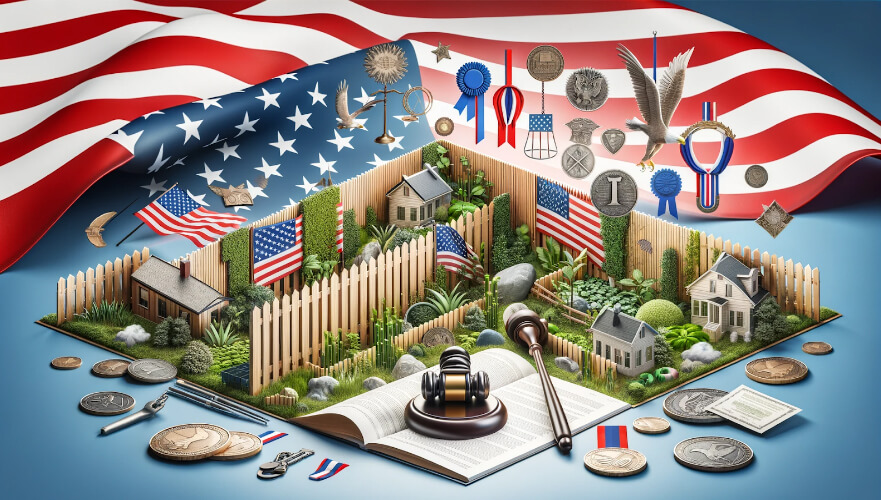
Incentives might be grants, tax breaks, or other financial benefits for using sustainable materials in construction projects. These incentives are designed to offset the initial higher costs of sustainable materials and to encourage builders and homeowners to make environmentally responsible choices.
Conclusion
Sustainable fencing in Colorado Springs represents a meaningful convergence of environmental stewardship and innovative design. By adopting materials like recycled plastics, biocomposites, and responsibly sourced wood and embracing living fences, we enhance our properties aesthetically and contribute significantly to environmental sustainability. This movement, supported by economic and regulatory incentives, reflects a growing commitment to eco-friendly practices and a more sustainable future.
Enhance your property with the expert and environmentally conscious services of Law Fence in Colorado Springs. Our team offers custom fence installation and construction, focusing on security, quality, and reliability. With a commitment to the community and a wide range of sustainable fencing options, Law Fence is the ideal partner for your eco-friendly fencing needs. Contact us for innovative, high-quality solutions that respect your property and the environment.




